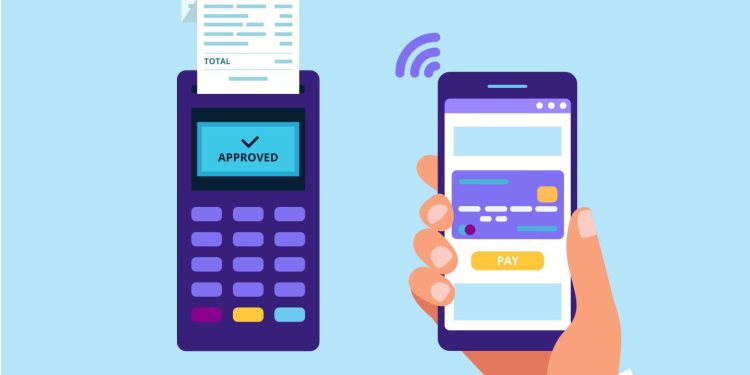A consortium of leading banks including Wells Fargo, JPMorgan Chase and Bank of America in conjunction with Early Warning Services, their partner and operator of Zelle, are developing a new digital wallet to compete with major third-party wallets such as Apple Wallet and PayPal. Jesse Pound adds details at CNBC.com, including feedback from Bernstein analyst Harshita Rawat:
“Rawat said in a note to clients on Monday that the major banks have ‘likely always had PayPal envy’ but that it would take time for the new wallet to be a serious risk to incumbents.
‘It simply takes a very long time, a killer customer experience (which needs to be better than incumbents, not just similar), and a compelling merchant value proposition to build the two-sided network effects in payments to achieve scale,’ Rawat said in the note.”
As noted from Rawat, the uphill climb to displace existing wallets would be an immense challenge. Mercator Advisory Group’s recent North American PaymentsInsights survey indicates several data points that highlight how Apple Pay, Google Pay, and PayPal are already embedded into the daily patters of American consumers. Our data shows that of consumers using a digital wallet in the past 12 months, PayPal is used by 62% of American consumers, followed by Apple Pay at 41% and Google Pay at 34%. Current iterations of bank wallets show usage from just 7% of those responding. In addition, consumers are most likely to use current wallets at the point-of-sale, with 74% using at a physical location followed by another 32% using online.
This level of consumer behavior indicates a lot of moving parts required for banks to successfully penetrate the market. As a first step consumers need to be convinced that a new wallet, already late to enter the market, would be a preferable choice to replace the wallets already embedded in their daily use patterns. This would also require the bank-supported wallets to move beyond credit and debit cards, but also support closed-loop stored value and gift card payments, loyalty cards, identification, tickets, and other wallet items that are already linked to major third-party applications. Additionally, the banks would require buy-in from retailers, other technology vendors in payment processing and point-of-sale systems as examples, as well as non-payment vendors and agencies.
While it’s possible for banks to create a complementary product, the late start and broadening scope of digital wallets makes it a difficult road to climb to truly impact the already established marketplace. An open-loop focused wallet would likely be of little interest to consumers who have already implemented their digital wallets to truly replace their entire wallet, as described in my report last summer and further linked recently by my colleague Christopher Miller when describing the specifics of implementing digital identification.
Overview by Jordan Hirschfield, Director of the Prepaid Advisory Service at Mercator Advisory Group.











